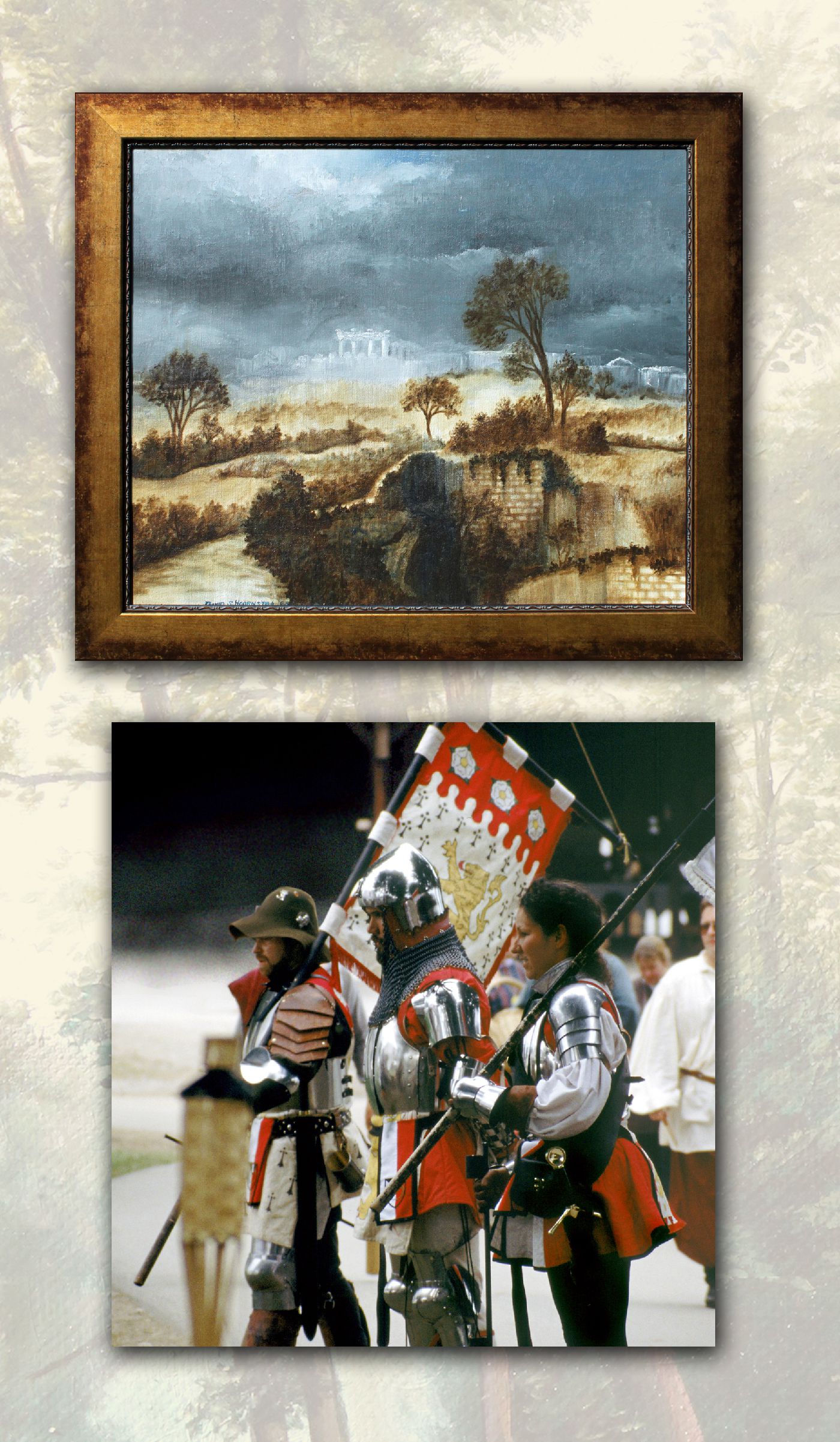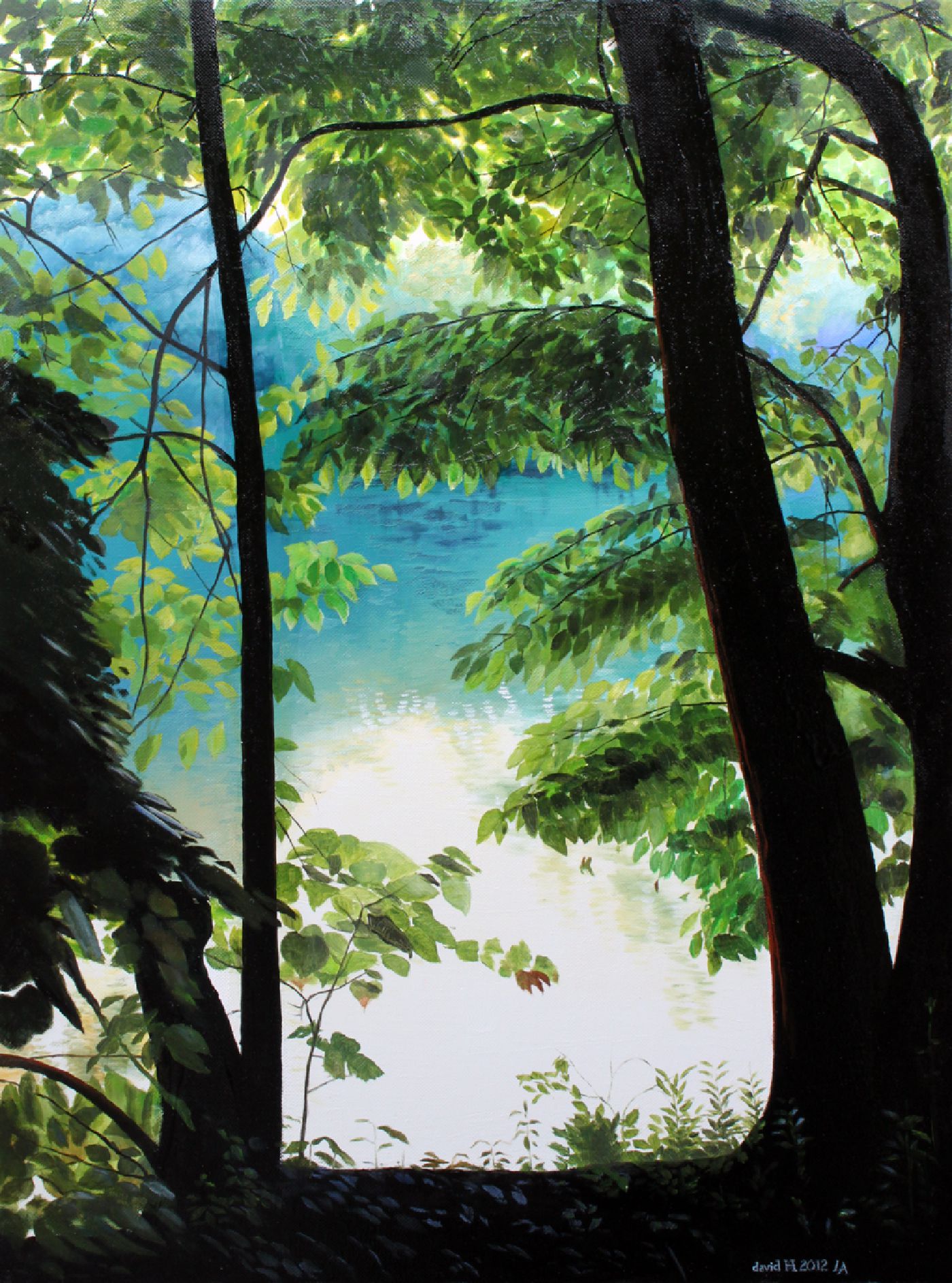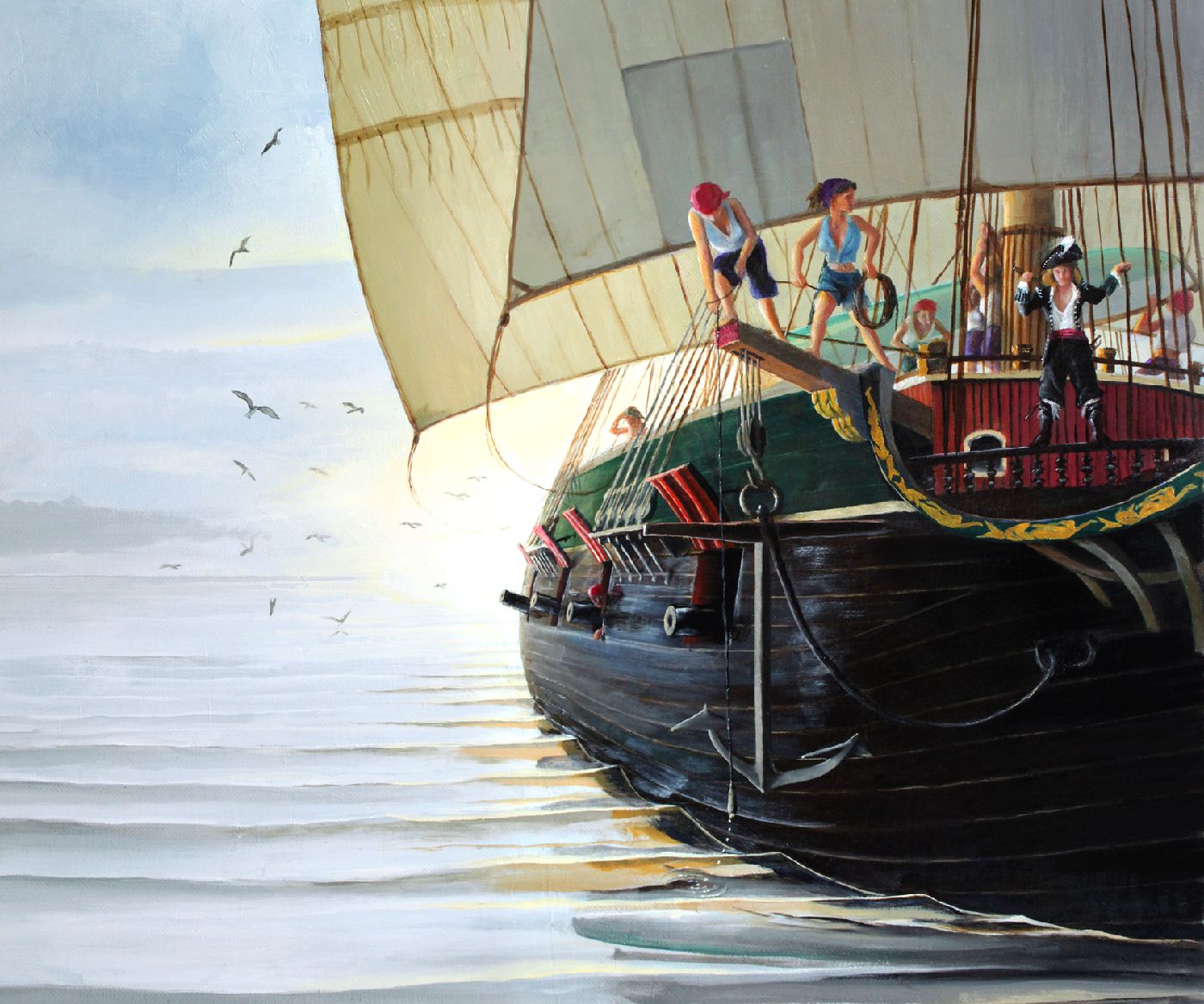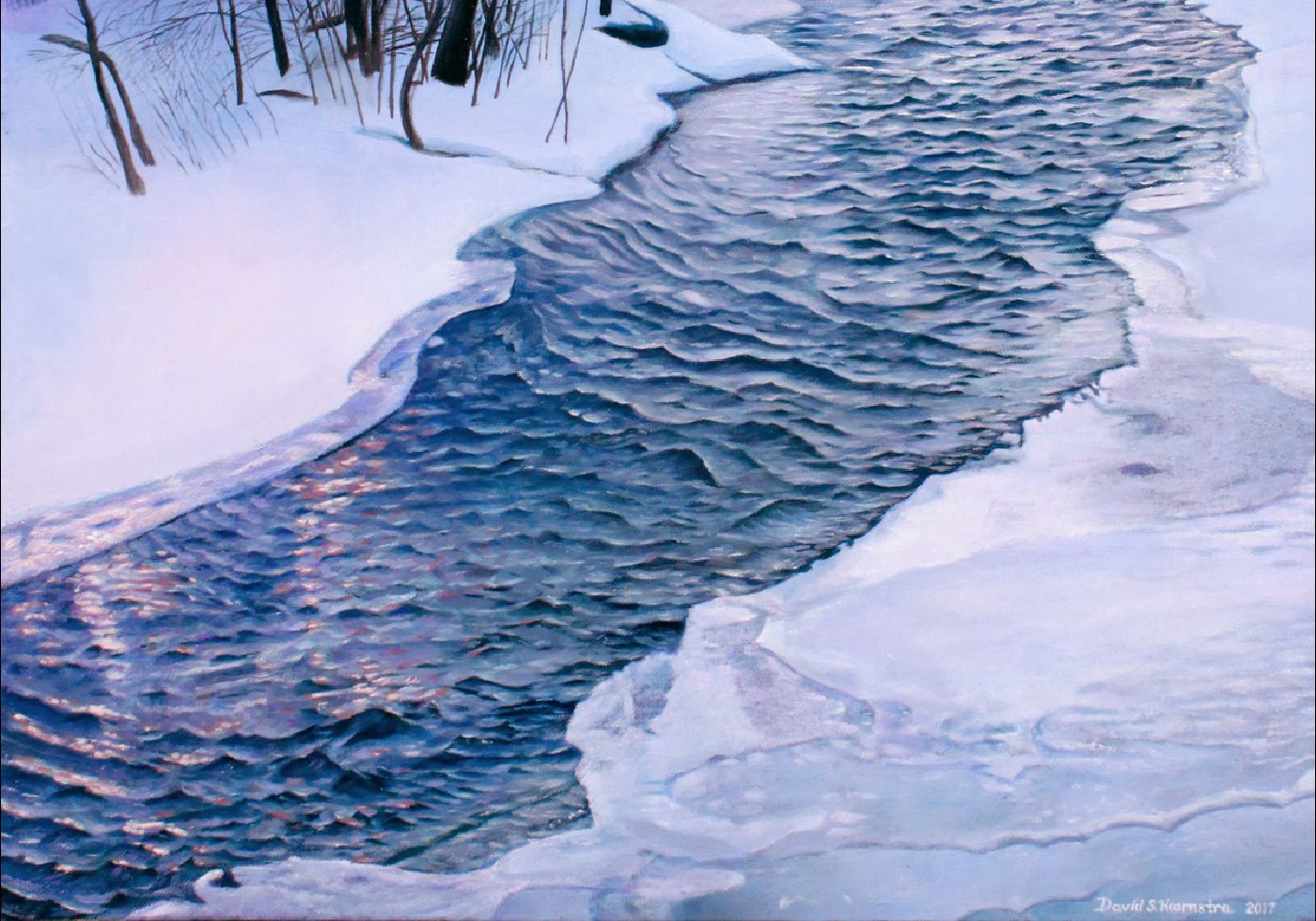
The Photography Adventure
I used to say “I paint to share what I find beautiful.” I still do. When I started, without a camera, I had to rely, like the old masters, on memory and imagination. My older pictures, like Vision of Troy (1966, left) reflect that. But then photography changed my vision.
In high school I learned newspaper photo-journalism. But peeks into European books in the back stacks of the library made me aware that photography was more than a journalistic tool. Shooting for the college yearbook provided the chance to play at the fine-art version. During that period I was also teaching myself oil painting.
Then, two years at sea in the Coast Guard meant it was photography that trained my eye. When my painting portfolio got me into art school as a junior, I majored in painting with Vince Castagnacci but couln’t resist making photography my second area of concentration with Phil Davis. Both professors left deep and lasting marks on my outlook as an artist.
But the GI Bill wasn’t enough. Dropping out with no BFA meant going back to commercial art. My journalism and print media experience made it easy to step up through book production, advertising and typesetting. Ann Arbor had enough good illustrators, so when I became an agency art director, product photography gave me the chance to exploit and expand my skills.
And as I embarked on adventures in fencing, travel and medieval re-creation, it was photography that got practiced, not painting. The shot at left was taken with the company’s Hasselblad.
But in my mind, I was still a painter deferring my painting career. I took many pictures specifically to paint later.


